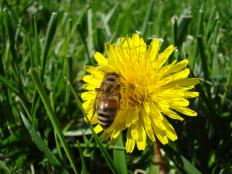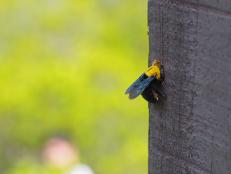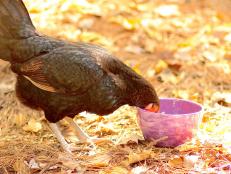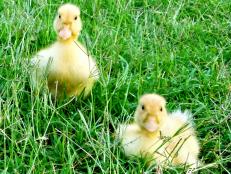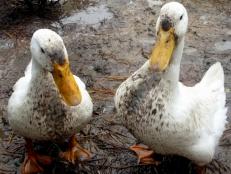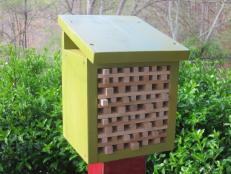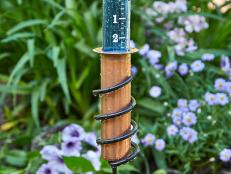The Life Cycle of Bees
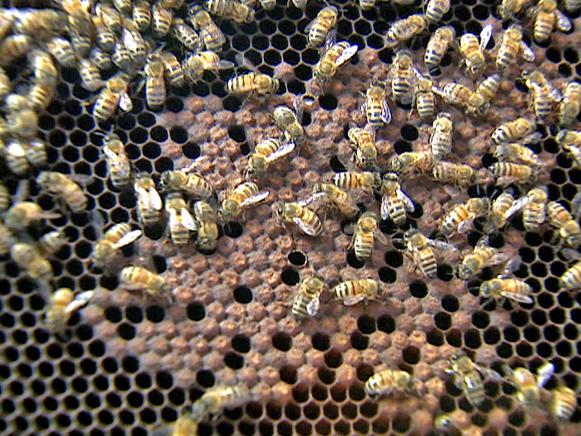
The specialized duties of worker bees depend on their age. When the bees are 1 to 2 days old they clean cells. From age 3 to 11, they babysit the larvae. From age 12 to 17, they build cells and store nectar and pollen. From 18 to 21, they guard the hive. And at 22 to 42 days (which is usually the end of their life), they forage.
All worker bees are female. The males' only job is to mate. In the winter the males are driven out by the female workers and forced to die out in the cold. From the standpoint of the health of the species, the death of the males preserves food supplies for the workers.
If a male mates with a virgin queen, she'll lay eggs that develop more working females, which builds the strength of the colony. If he doesn't, her eggs will develop more males.
After the eggs reach a certain age, they are covered over. When they become full adult bees, they emerge.
Before a worker heads back out to gather more nectar, she "tells" the other foragers where to go with a "waggle dance." She performs a kind of figure-eight motion where the bee actually waggles its abdomen, and depending on how the bee positions her body, the other bees know where to go.
If she's pointed straight up when she's dancing, that tells the other bees to fly in the direction of the sun, but if she's pointed straight down, that tells the other bees to go outside the hive and fly in the direction opposite of where the sun is in the sky. The duration of the waggle indicates the distance.
But what if there's no sun? In their early life, before they become foragers, they have to learn how the sun is moving through the sky. So they not only know what direction the sun is – north, south, east, west – but how rapidly it's moving and that programs a little clock inside their brain.
James Nieh's bees are being trained to visit feeding stations. As they come and go, a researcher marks them for identification. Because they have a keen sense of smell, bees can be trained to follow specific aromas. James has some bees trained to peppermint, others to lemon.
About Bees and Beekeeping
See All PhotosA Dying Colony
Another of James's colonies didn't accept a new queen after major California wildfires. In the absence of a queen, the few remaining worker bees develop the ability to lay unfertilized eggs, which means more counterproductive males and no replacement females.
So this is sort of the death gasp of the colony. This is the last chance for them to procreate in a sense, and these males, although it's the wrong time of year, if there were any virgin queens, they could go out there, find those virgin queens and propagate the genes of the colony.
This hive looks similar to what happens during colony collapse disorder (or CCD). CCD is a recent worldwide phenomenon where a large population of worker bees is abruptly lost. Scientists have little understanding in what causes it, but possible attributes include climate change, parasites, disease and pesticides.
Protecting the Bee
Even if you do spray — even with organic products — note that some organic products are very toxic to bees. If you feel you must spray (and the substance is safe for bees), spray early in the morning when the bees aren't as active.
"I stopped spraying years ago," James says, "and I'm thankful to have a very healthy bee population in my area. A lot of people don't realize that without bees, we'd be looking at worldwide famine in no time."
Besides their importance in pollinating fruits, nuts and vegetables, bees also pollinate crops such as hay and alfalfa. "Those are all bee-pollinated, so if you look at the importance of that with the beef and cattle industry, it all comes out to a big agricultural crisis," says James.






